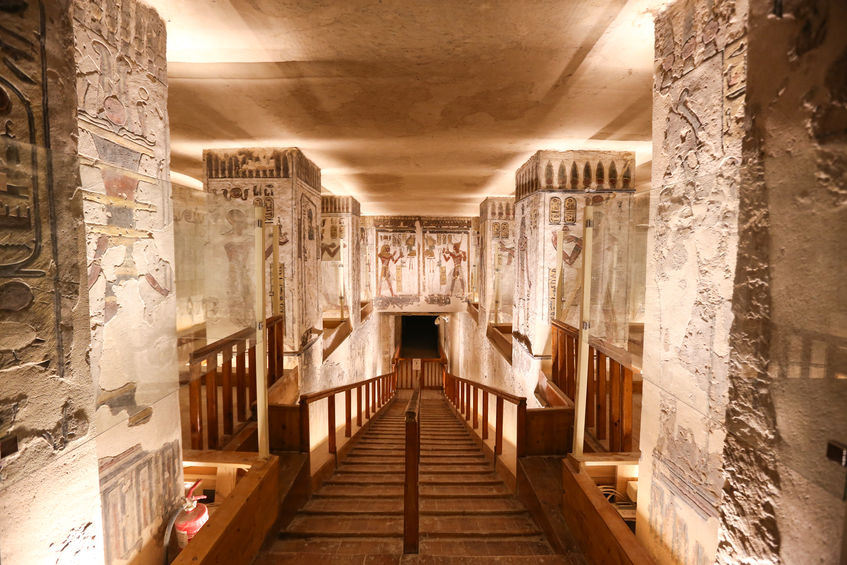
Secret rooms and their passageways have been around for thousands of years. Many ancient Egyptian pyramids that memorialized the likes of the Pharaoh had secret doors and rooms to thwart thieves who were attempting to steal the riches of the Egyptian royalty who were planning on taking it with them into the afterlife.
The ancient pyramids often times had decoy rooms that would throw off would-be tomb raiders or the likes of Indiana Jones. And while these ancient secret passageways are not as sophisticated as today’s secret doors, the ideas remain the same.
Years later, secret rooms were installed in medieval castles to protect those living within from violent sieges taking place nearby or within the castle’s walls. Other times, a secret door was used to lead the castle’s residents to underground water or food source. These secret doors were often much heavier than today’s applications because they would be made of brick or stone to blend into the castle’s walls.
Secret Rooms in the United States
Secret rooms in the United States didn’t begin appearing until the Underground Railroad in the 1800s, where secret passageways would allow for slaves to hide as they made their getaway. These trapdoors were usually made of wood and could be found in the wall or built into the floor, allowing for easy access as slaves fled in hopes of a better life.
At the turn of the 20th century, the rise of speakeasies and underground brothels in the 1920s propelled secret doors and secret rooms into a ubiquitous choice for those looking to skirt the law and have a few drinks after work. With illegal drinking, gambling, and other nefarious activity running rampant across the country, seemingly legitimate businesses began installing secret doors that would lead to rooms filled with drinking and smoking. Anywhere from laundromats to hotels could have a secret door leading to an underground club or bar.
These secret passageways during the country’s Prohibition Era were so concealed that in many cases they weren’t found until decades later. For example, the Knickerbocker Hotel in Chicago had a secret door in one of the penthouse ballrooms that wasn’t rediscovered until the 1980s when the hotel underwent a major renovation.
With the threat of a nuclear attack threatening the United States in the 1960s, fallout rooms with secret doors began making their way into residential homes. These eventually turned into panic rooms that would keep families or items safe from would-be home invaders or criminals. Less practical purposes such as secret doors leading to quiet office retreats, children’s play areas, home movie theatres or bars, and hidden closets began appearing shortly thereafter.
A little closer to today, the likes of James Bond and other movie stars have used secret doors to escape their captors or enter into far-off, fairytale lands. Movies like Indiana Jones and James Bond romanticized the secret passageway and showed people what could lie behind a secret door.
Choose the Correct Door Hardware for a Secret Room
Are you interested in installing a secret door inside your home? SOSS Door Hardware has been manufacturing the secret ingredient – the Invisible Hinge – since the early 1900s and can provide you with all the necessary hinges and hardware to ensure your secret door truly remains a secret.
Be sure to check out the SOSS 518 wrap-around concealed hinge. It is the ONLY wrap-around concealed hinge on the market that completely wraps around trim and molding to give you a totally secret door with no reveal lines.